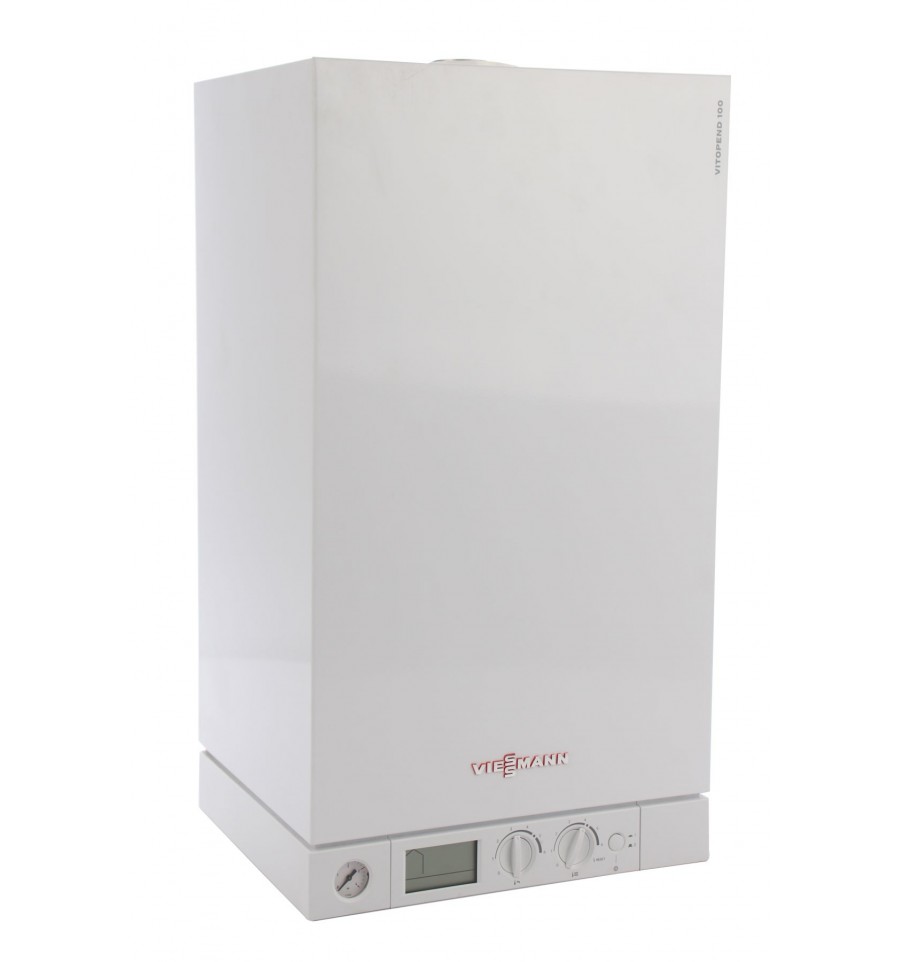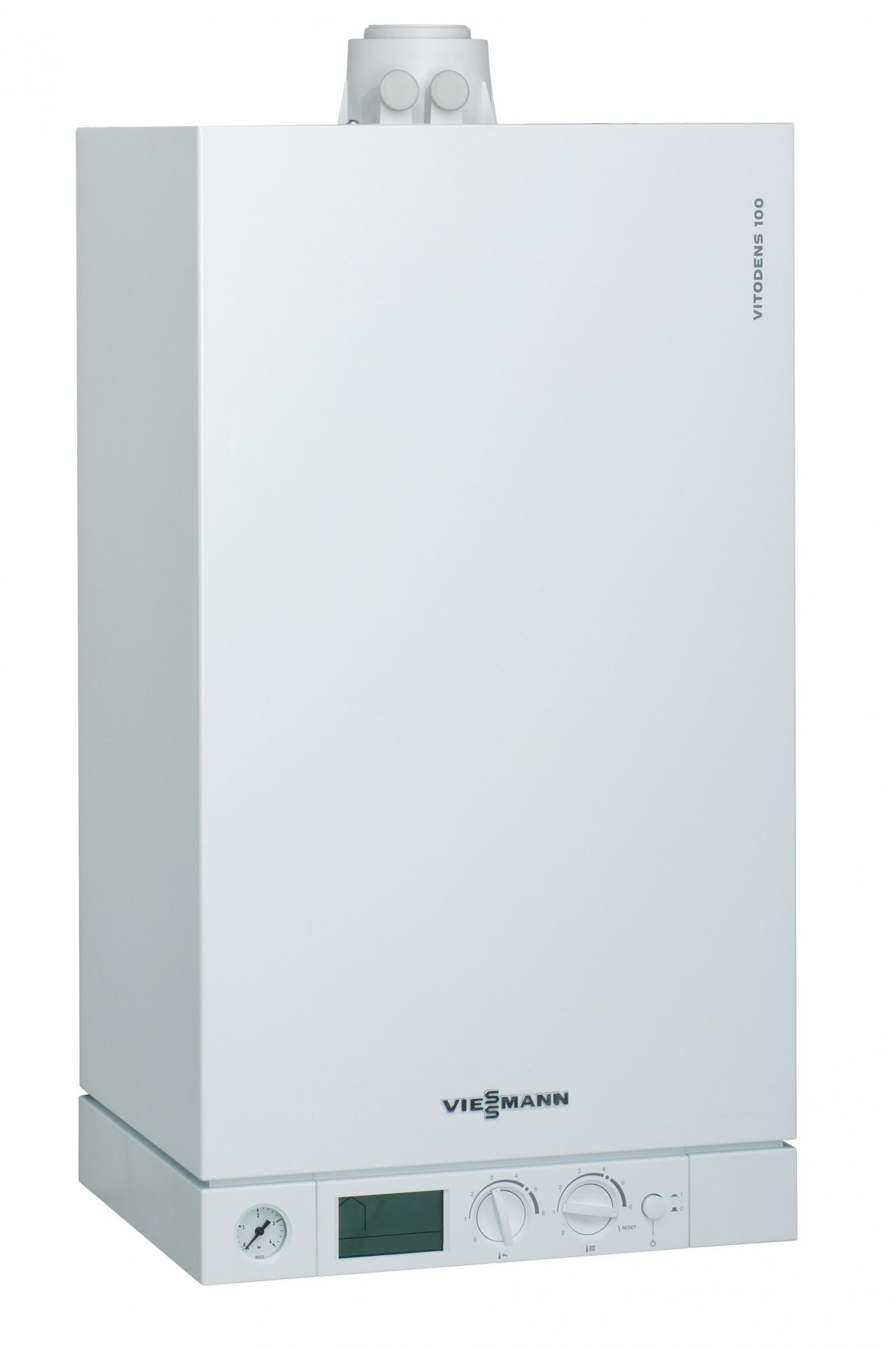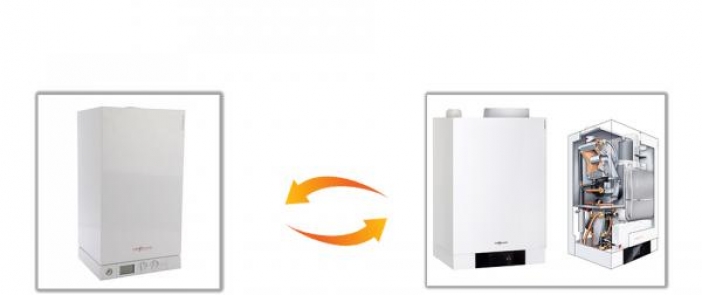We came out with fast-paced winter footprints that took a part of the spring, heading for our favorite season: summer. Apart from the pleasant weather and the fact that we mainly think about how to have an optimum temperature in the home, what air conditioning we can buy, ways to avoid heat, think about how to prepare for the cold season.
For example, it is much easier to choose a heating system for the cold summer season. Why? Simple, because we want to avoid when it is very cold to change the heat pump, to have trouble in the house for a few days at very low temperatures or to have no heat.
That's why it's easiest in summer to clean the plant, change it with another model or even buy the first plant. On the market, you will see that there are a few options to choose from. One of the most common questions we get is whether we recommend: buying a classic or condensation plant. And what would be the difference?
Thermal plant and fuel types
As we know, the thermal plant is a plant that helps to produce heat. This is a quick and advantageous method both in the short and long term as we can save more. The plant, once it has produced heat, distributes it with a liquid thermal agent.
This means that, depending on the plant, the fluid thermal agent is represented by water, steam, hot air or antifreeze. At the same time, a thermal plant is provided with one or more boiler plants where combustion of a certain type of fuel occurs.
In this part of the process, we can see a major difference between the thermal power plants: the types of fuels used for operation, a factor that we differentiate between them and we choose them further to buy them. Consequently, we have 3 types of fuels that can be used for a thermal plant. Thus we have:
Liquid fuels
This category includes artificial fuels such as: petrol, lamp oil, diesel oil, liquefied petroleum gas, fuel oil, light fuel, etc. The only natural liquid fuel being considered crude oil.
Solid fuels
As with liquid fuels, there are solid solid fuels such as solid fuel waste (sawdust, shavings, seed husks, puzzles, etc.), coal lighters, and the like. And natural solid fuels include biomass from plants burned as such (straw, wood), coal and combustible shale.
Gaseous fuels
In this case we do not have many types of fuels, but natural gas fuels are: natural gas and well gas. Artificials, we have blast furnace gas, coke oven gas, refinery gas, and hydrogen.
Classical and condensing boiler


Classical Condensing boiler
Although both types of plants have the same purpose, the main difference is represented by their efficiency. While classical power plants have a 90-94% efficiency, the condensed ones achieve a yield of 108%.
Why is this happening? Because the classical water vapor in the smoke is at a temperature above 100 ° C, and the heat of vaporization is not used. A lot of heat is lost through the basket and the mantle, and the latent heat is unrecoverable.
With regard to the condensing plant, the process is different and involves a different operating style as well as another heat recovery system. Thus, water vapor condenses in the heat exchanger specifically designed for this, releasing the latent heat which in this case is recovered. Thus, as a final result, we have only 1% heat lost through the basket and the mantle. The unrecoverable latent heat percentage is significantly reduced. Finally, all these factors make a significant contribution to better operation and higher efficiency of the plant.
Why does the condensing plant work as a normal boiler?
It should not be forgotten that once a condensing plant reaches a temperature of 55 ° C, it will function like a normal boiler which does not save much of the latent heat.
These are the main differences between the two types of power plants. Both are efficient and operate at full capacity, but an important factor in the long run is the price. As far as long-term investments are concerned, the condensing plant, although having a higher price, profits because of its economy through its operating system.
As a conclusion, we can say that a condensing heat plant would be a more optimal choice, analyzing both the advantages (reducing short and long term costs) and the disadvantages (higher purchase price). Did you decide what type of power plant do you want?




